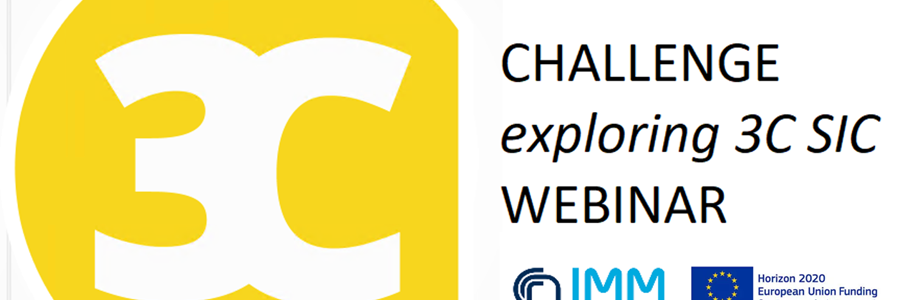Technology Computer Aided Design of SiC materials growth processes

Last but not least - Fourth event of our May webinar series on 3C- SiC.
CHALLENGE is delighted to invite you to its latest event Technology Computer Aided Design of SiC materials growth processes which will close our May webinar series on 3C-SiC applications. This event will take place on THURSDAY, 3rd of June 2021.
For this session, speaker Dr. Antonino La Magna, expert in silicon carbide modelling and simulation actvities from IMM-CNR, Italy, will present the current state of the advanced TCAD for growth process of SiC based materials and some recent development within the CHALLENGE projet.
SiC materials have the potential to revolutionize the device manufacturing for a broad set of applications from the power electronics to the quantum technology. In the material growth, the full control of polymorph type and defectivity level and positioning could provide a set of high quality semiconductors with broad range of energy-gaps (from the 2.3eV of the 100% cubic 3C-SiC to the 3.3eV of the 100% hexagonal 2H-SiC) and a plethora of electronic and spintronic active centres which could be a definitive breakthrough for future technologies. The use of accurate methods for the Technology Computer Aided Design (TCAD) able to simulate the atomistic evolution of the material during the growth processes at the experimental time-space scale (i.e. minutes-microns) could represent a critical supporting tool for this challenge.
This webinar will give an overview of the current state of the advanced TCAD for growth process of SiC based materials. The predictivity of numerical techniques relies on a multiscale approach since kinetics of system at different scale (from the growth chamber to the Si and C atoms) concurs to the process performances. The different methods, the observable quantities which they simulate, their integration from macro to the micro scales, their predictivity potential and the comparisons with reference experimental studies will be presented. Particular topics will also be discussed in details such as: the growth rate predictions and uniformity over the wafer level, the atomistic mechanisms responsible for point and extended defect generation and evolution during the growth, the formation of composite active spin centres, the interaction between defects with different atomic structure such as stacking faults and the antiphase boundaries.
Register here for this exciting talk:

